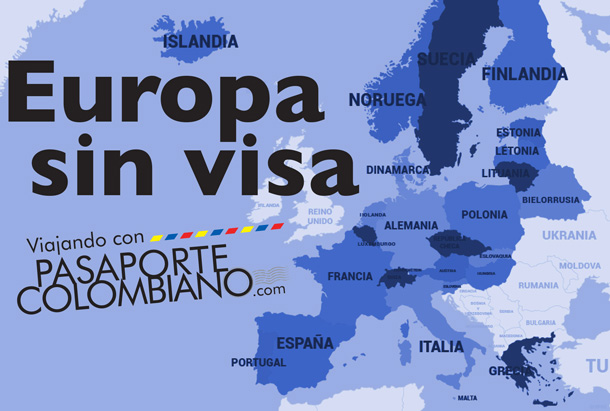 Sink your teeth into some restaurant-related language with Katie Jacoby
Sink your teeth into some restaurant-related language with Katie Jacoby
As you can see from our recent gastronomy feature, Bogotá has a diverse and growing restaurant scene. Navigating the vocabulary of the experience, however, can cause the occasional hiccup. So, here is some key vocab to help make your words flow just as smoothly as the accompanying wine.
Your point of contact with the restaurant staff will be your waiter, or your mesero or mesera. Words such as camarero, mozo, garzón – which you may hear in other countries – aren’t used in Colombia.
You can call the menu la carta (more common) or el menú. Once you have a menu, you’ll see the different courses and categories. Entradas are appetisers or starters. The verb picar means to snack or nibble, so algo para picar is an appetiser or finger food.
The main course (or what Americans call the entrée, as the meaning of the word has changed over time) is el plato fuerte or el plato principal. If you order meat, you’ll be asked how you want it cooked, or what término. Your options here in Colombia are usually azul, medio, tres cuartos, and bien asado. Other useful meat terms include presa for specifying cuts of chicken and corte for cuts of meat.
As for drinks, the verb tomar is more common than beber. Also, you drink soup here: estaba tomándome una sopa de colicero. If you want plain tap water, ask for agua de la llave. If you want it room temperature without ice, ask for it al clima. The concept of refills doesn’t really exist in Spanish, but you can say, ¿Me da más gaseosa/jugo? Straws go by many names in Spanish, but in Colombia they’re pitillos.
You can use the verbs pedir or ordenar for ordering. Ordenar may be out-and-out Spanglish, but it’s common in many Latin American countries. ¿Ya están listos para ordenar? ¿Qué deseas ordenar? One typical phrase for asking what you’d like is, ¿Qué te provoca? What are you in the mood for?
Say ¿Qué tiene? or ¿Qué trae? to find out what ingredients a dish contains. If you’d like a certain item on the side, ask for it aparte. ¿Me puede colocar la salsa picante aparte, por favor?
When I learned Spanish in school, I was taught to use polite verb forms such as quisiera and me gustaría to order food so as to avoid sounding like a grunting Neanderthal (I WANT… GIMME). Now, Bogotanos are indeed very polite, but you should feel completely comfortable saying me das, dame, and quiero. And, then, of course, that oh-so-Bogotano phrase: regálame. As seasoned expats in Bogotá know, regalar is used here to simply mean give, hand, pass, or lend. It sounds polite, and it connotes that you would consider the action to be a kind gift (but not necessarily the item itself!). Of course, you’re not asking the waiter to give you the food for free. ¿Me regalas un ajiaco y un jugo de mora? Regálame una chuleta valluna, por favor.
Bon appétit is buen provecho in Spanish, and ¡a comer! means, dig in! To describe your food to your tablemates, use rico/delicioso/sabroso (in descending order of commonness), and be sure to use the verb estar (not ser). ¡Está rico! Estuvo deliciosa esa sopa. Las fresas están muy sabrosas. (If you say son muy sabrosas, you’re commenting that strawberries are tasty in general.) Delicioso can also be shortened to deli.
A waiter may ask ¿Le retiro? to ask if they can take away your empty plates. Ask for la cuenta when you want the bill, and you’ll be sure to be asked if you desea incluir el servicio, or the tip, at least in higher-end restaurants. Doing a dine and dash is called hacer conejo.
What are some phrases you might hear while eating in company? La gallina, la mujer y el marrano se cogen con la mano. Certain things just call for using your hands, so don’t be shy. If someone tiene/es buena muela, they have a hearty appetite. You can also call them un comelón or una comelona. If you’re served a very tiny portion of food, you can say eso no me tapa ni una muela. That’s not enough to feed a sparrow!
You can call a picky eater quisquilloso, melindroso, or simply cansón con la comida. For the opposite, say: Él/ella come de todo.
Happy hour, brunch, and buffet are all generally used here. I’ve recently seen tenedor libre for a new buffet/all-you-can-eat restaurant, but it’s not widely understood.
Un corrientazo is a cheap lunch. They’re largely centred around the basic framework of sopa y seco: soup and meat. There may also be un principio, which are the side dishes.
The most famous and beloved Colombian children’s poem, Rin Rin Renacuajo by Rafael Pombo, has a line that goes, Visitemos juntos a doña Ratona / y habrá francachela y habrá comilona, and now you have all the Spanish you need to fully enjoy your own feasts and smorgasbords here in Bogotá. ¡Buen provecho!
Katie Jacoby is a Spanish-English translator and has been in Colombia for 3 years. Feel free to leave her a comment or ideas for future columns on her language website, vocabat.com.




